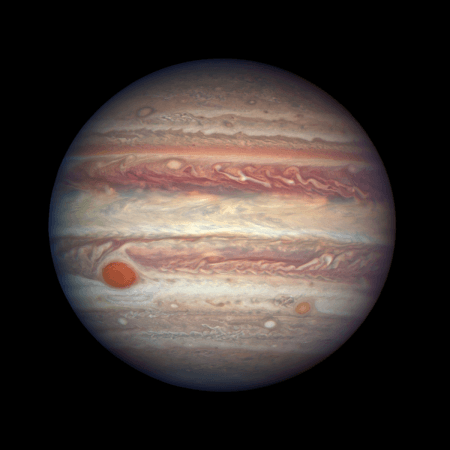
Jupiter's clouds are wildly beautiful and a new radio wave image of Jupiter made with the Atacama Large Millimetre/Submillimetre Array (ALMA) telescope has offered new insights on what is happening inside the gas giant. It should be noted that this image was captured just a few days after a plume of ammonia erupted from the depth of the planet, and later, spewing into what scientists call the South Equatorial Belt.
After analysing the images, scientists suggested that these ammonia storms could disrupt the colourful bands of Jupiter in the future.
"If these plumes are vigorous and continue to have convective events, they may disturb one of these entire bands over time, though it may take a few months. With these observations, we see one plume in progress and the aftereffects of the others," said Imke de Pater, an astronomer at the University of California, Berkeley, and the lead author of the study, in a recent statement.
This is not the first time that scientists are noticing changes in the bands of the South Equatorial Belt. Scientists have previously observed the revival of these bands, as as the belt fades from brown to white, then darkens again with the outbreak of the storm. It should be noted that the north temperate belts also witness similar storm outbreaks in every five years.
"Our ALMA observations are the first to show that high concentrations of ammonia gas are brought up during an energetic eruption. The combination of observations simultaneously at many different wavelengths enabled us to examine the eruption in detail," added de Pater.
A few weeks back, Ethan Chappel, an amateur astronomer had captured mindblowing images of a meteoroid crashing on the surface of Jupiter. After analyzing the image, space experts suggested that the meteoroid that crashed on the surface of Jupiter was so big, and it was the reason why the flash of light became visible on the earth.















